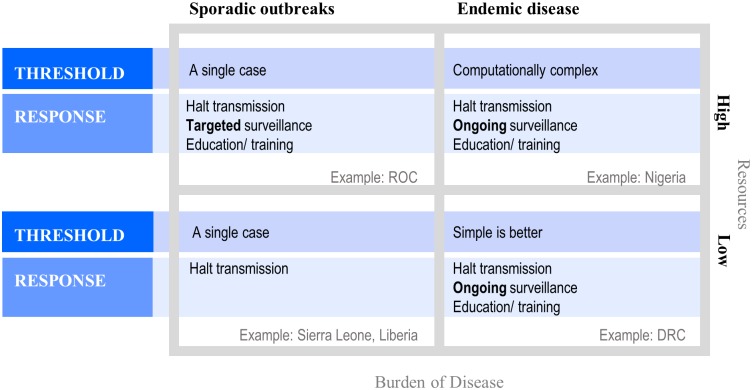Fig 4. Considerations for thresholds and response goals across gradients of endemicity and resources available for public health.
Thresholds for defining aberrant disease events are most relevant in the context of endemic disease; when disease is rare, contrastingly, a single case can serve as an alarm. Response goals should be prioritized—the minimal goal is always to halt transmission, but when resources are available and/or burden of disease is high, public health authorities should strive to improve surveillance and education. For monkeypox, high endemicity and low resources are exemplified by Tshuapa Province, DRC. Nigeria might be an example of high burden of disease and ample public health resources—recently confirmed monkeypox cases indicate frequent autochthonous transmission, but more data is required to determine the true burden of disease. Nigeria is currently in the process of laying the groundwork for long-term monkeypox surveillance programs—a major contrasting point with Tshuapa Province is better access to real-time case confirmation. Low monkeypox endemicity might be exemplified by the high-resource Republic of the Congo (ROC) and low-resource Liberia or Sierra Leone. In this framework, resources available for public health are defined as the general domestic health expenditures per capita.

